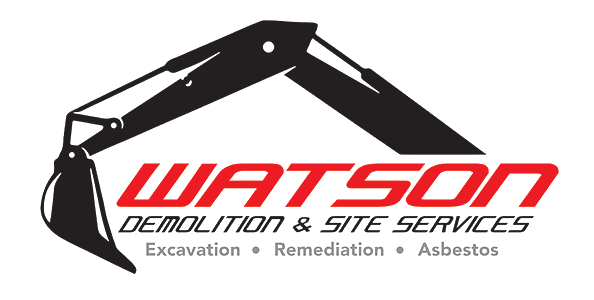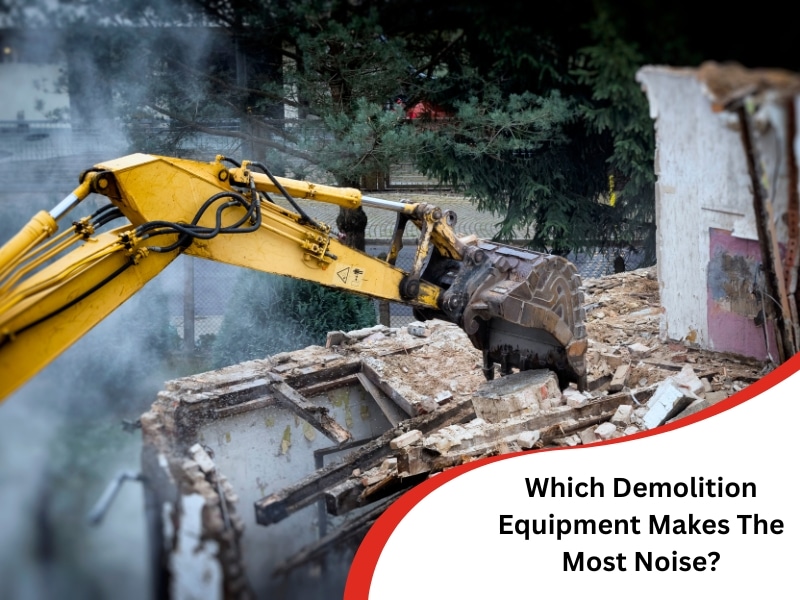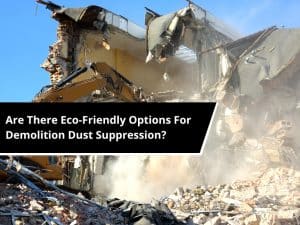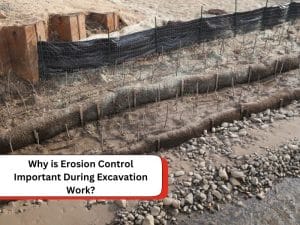Demolition projects can be noisy, and for good reason – the machinery used to tear down buildings and structures is built to do some heavy lifting. But which equipment is the loudest, and what impacts do these sounds have on surrounding areas? Understanding the factors contributing to demolition noise can help make informed decisions on the type of equipment used and how to manage noise effectively. This article will dive into the noise levels of different demolition equipment, the causes of demolition noise, and the best practices for reducing its impact.
What are the common causes of demolition noise?
When it comes to demolition, noise is generated from multiple sources. Here are the most common causes:
- Heavy machinery: Excavators, bulldozers, and backhoes are essential for demolition, but they often produce significant sound while operating.
- Impacts and collisions: Tools like jackhammers or wrecking balls create loud, percussive sounds when they break through concrete or steel.
- Cutting and grinding equipment: Tools like saws or grinders can be incredibly noisy when cutting through hard materials.
- Material transport: Trucks and other vehicles that remove debris also add to the noise level.
- Vibration: Vibrations from machinery and tools can produce sound waves that amplify the noise.
This noise is a natural byproduct of the machinery and processes involved in demolition, and understanding the sources helps address noise management more effectively.
Which demolition equipment is the loudest?
Here’s a list of some of the demolition equipment that generates the most noise:
- Wrecking balls: This classic demolition tool creates a massive noise when it swings and impacts structures.
- Jackhammers: The percussive noise of jackhammers breaking up concrete can be deafening.
- Excavators and bulldozers: While these machines are used for various tasks, their powerful engines and hydraulic systems can generate a lot of noise.
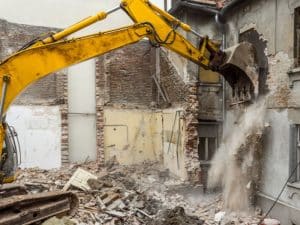
- Saws and grinders: These tools make a high-pitched screeching sound when cutting through steel or concrete.
Each piece of equipment has a unique sound profile, and using the right equipment for the demolition job can help manage the overall sound level.
How does demolition noise impact surrounding areas?
Demolition noise doesn’t just affect the workers on-site; it can also impact the surrounding environment. These effects can range from minor disruptions to significant problems. Here’s how construction noise can affect nearby areas:
- Disturbance to residents and businesses: Loud noise can significantly disrupt the environment, especially in urban areas or residential zones.
- Noise Pollution: Excessive noise contributes to overall noise pollution, which can negatively impact local wildlife and human health, especially for nearby residents.
- Community dissatisfaction: Excessive noise can lead to complaints from the local community, potentially resulting in fines or project delays.
Noise from demolition activities can disturb communities, leading to complaints, health risks, and environmental damage.
Does demolition noise vary based on equipment type?
Demolition projects can be noisy, and the sound level varies depending on the equipment used. Understanding the noise levels of different demolition machinery is essential for managing noise pollution and ensuring safety. Below is a breakdown of the levels produced by standard demolition equipment.
Demolition Equipment | Noise Level (dB) | Description |
Excavators | 80-100 dB | Noise varies depending on machine size and task. |
Bulldozers | 85-100 dB | Typically produces moderate to high noise levels. |
Hydraulic Breakers | Up to 120 dB | It can reach very high noise levels, especially during heavy-duty tasks. |
Wrecking Balls | Up to 130 dB | Loudest during impact, often creating significant noise. |
Explosives | Over 150 dB | The loudest equipment, producing extremely high noise levels. |
This table clearly shows the noise levels produced by different types of demolition equipment.
How is demolition noise measured?
Measuring demolition noise is essential for managing its impact. Here are the standard methods used to calculate the noise:
- Decibel meters: These devices are commonly used to measure the sound level in decibels (dB). Decibels provide a standard unit of measurement for the intensity of sound.
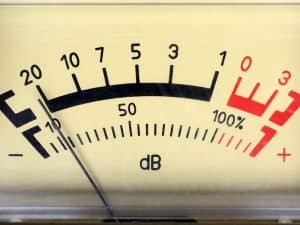
- Frequency analysis: Some devices analyse the frequency of sounds, helping to distinguish between the types of noises produced by different equipment.
- Time-weighted average: This measure considers the duration of noise exposure, helping to assess the long-term impact on surrounding areas.
The results of these measurements are used to determine whether the noise level is within acceptable limits or if noise control measures need to be implemented.
Why is noise control important during demolition projects?
Noise control during projects is essential for several reasons, including:
- Protecting health: Prolonged exposure to high noise levels can cause hearing loss and other health issues.
- Improving community relations: Managing noise effectively prevents complaints and ensures projects run smoothly.
- Legal compliance: Adhering to noise regulations is essential for avoiding penalties and delays.
Noise control is essential for protecting workers’ health, maintaining good community relations, and complying with regulations.
Are there any legal limits for construction noise?
There are legal limits for construction noise in many regions, including Australia. Here’s what you should know:
- Local regulations: Local councils often set noise limits for construction and clearing projects to protect residents and businesses from excessive disturbance.
- Operating hours: Many councils restrict demolition work to certain hours of the day to minimise disruption, such as during daytime hours only.
- Maximum permissible levels: These limits are usually set in decibels (dB), with specific allowances for different times of day and types of areas (residential, commercial, etc.).
Following these regulations is essential for staying compliant and avoiding fines or project delays.
Managing demolition noise effectively
Demolition noise is an unavoidable part of the process, but it can be managed effectively with the right approach. Understanding the noise sources, the loudest equipment, and the legal limits allows you to plan better and execute a demolition project. Professional commercial demolition services can help improve the working environment and ensure the surrounding community remains unaffected.
At Watson Demolition & Site Services, we specialise in residential, commercial, and industrial demolition projects across Newcastle, Hunter Valley, Sydney, and Central Coast, NSW. Our team prioritises safety, efficiency, and customer satisfaction, ensuring your project runs smoothly from start to finish. We also offer additional services such as asbestos removal, excavation, and tree removal. Contact Watson Demolition & Site Service today for a free consultation.
